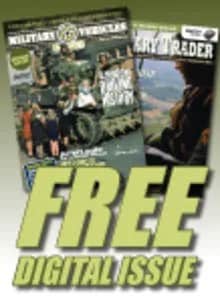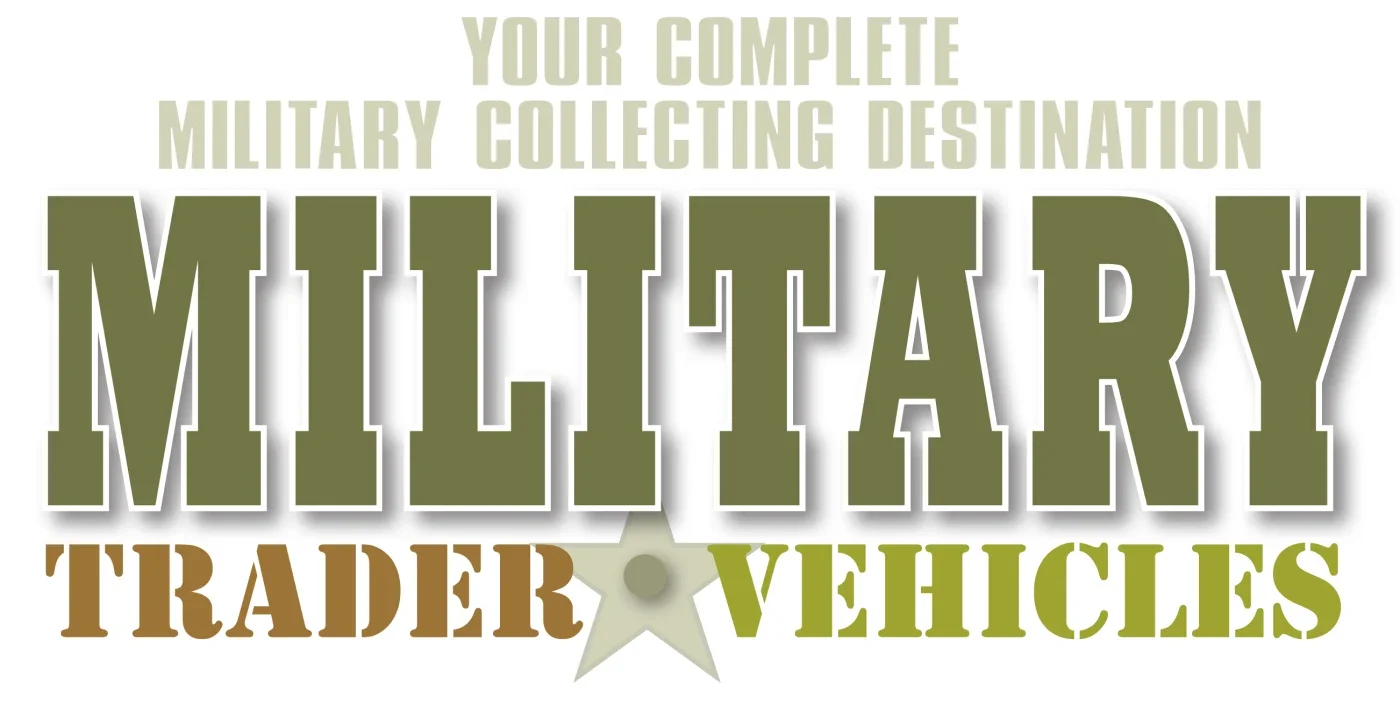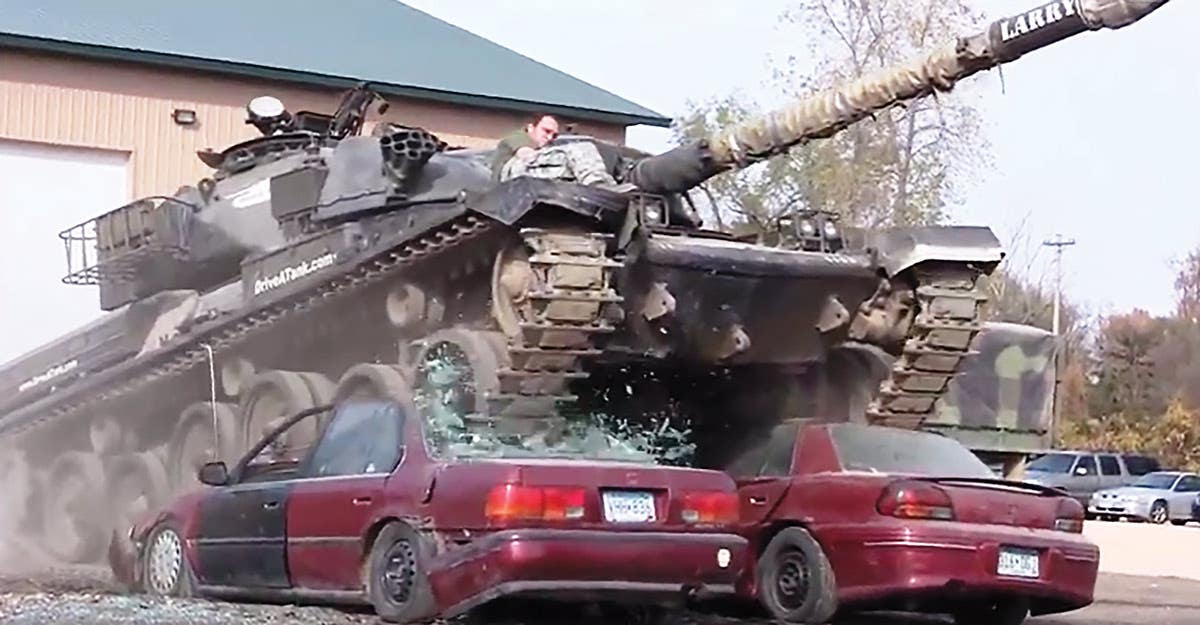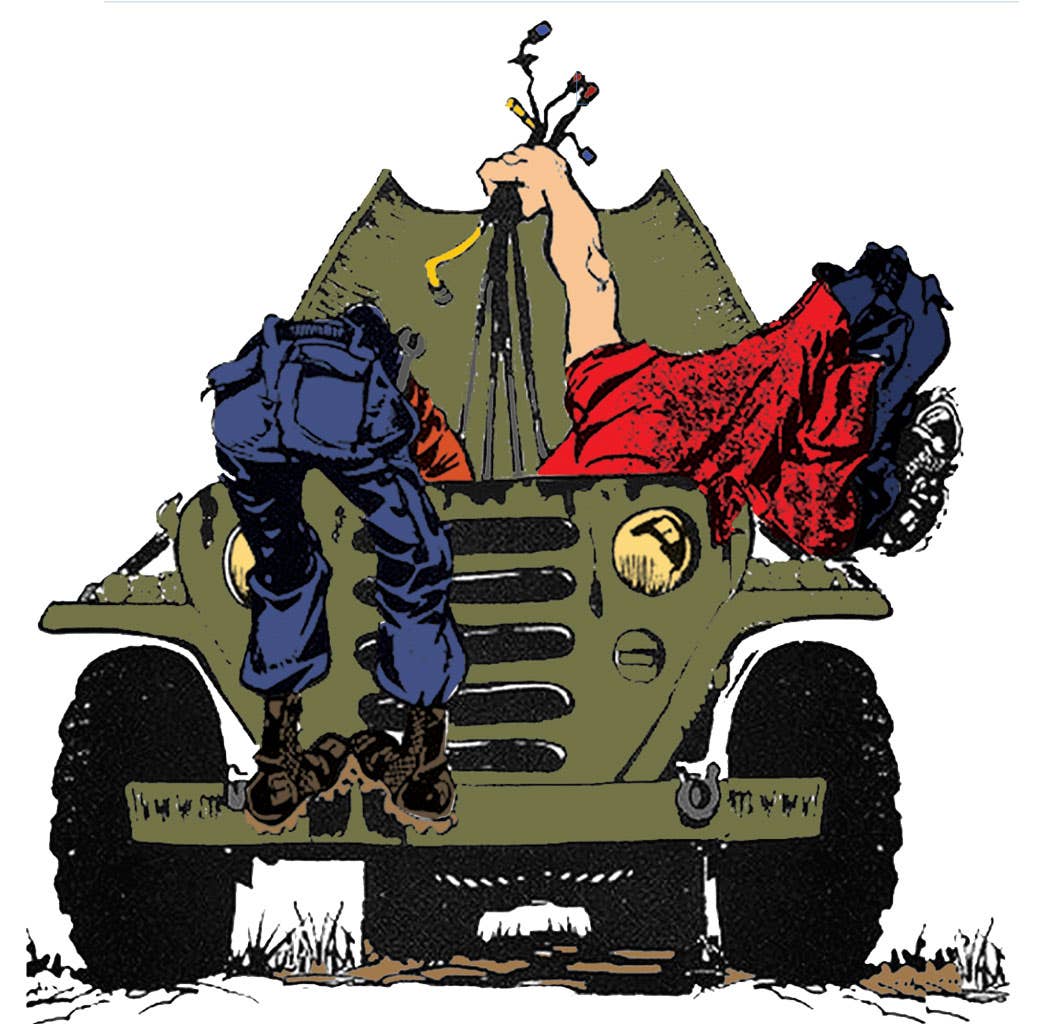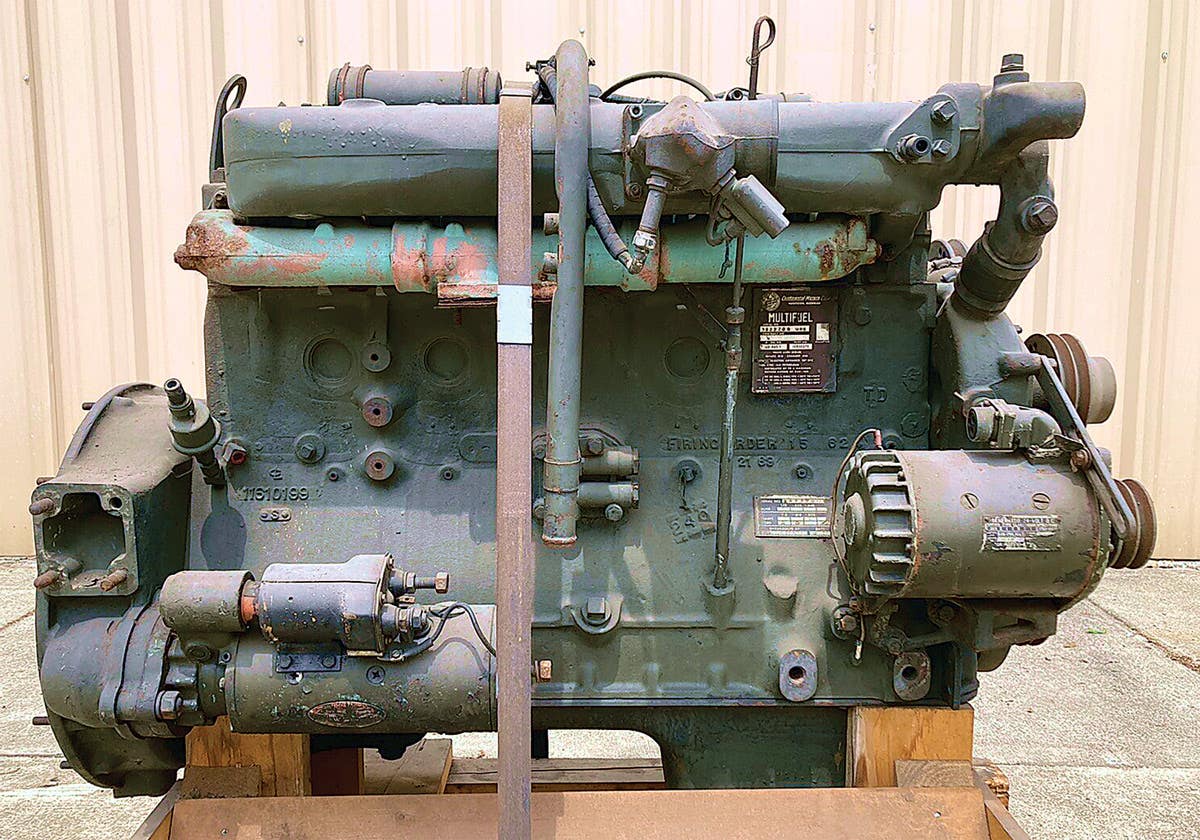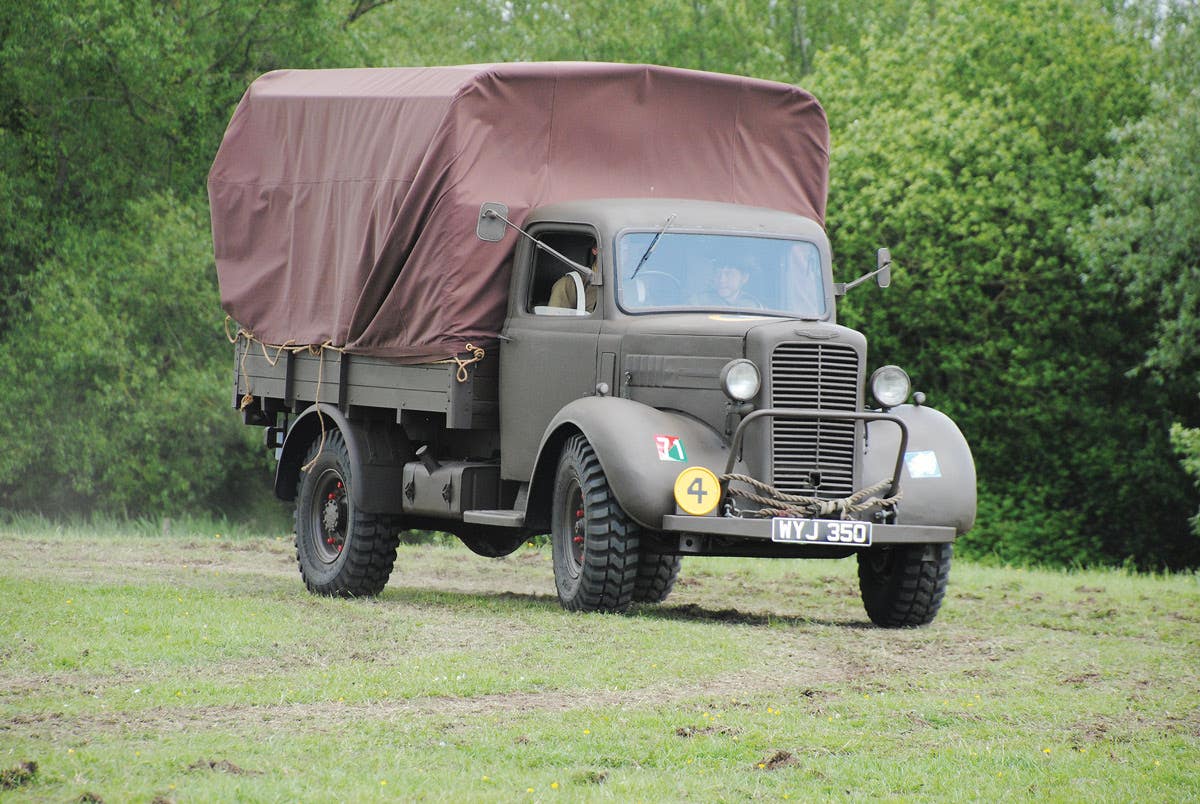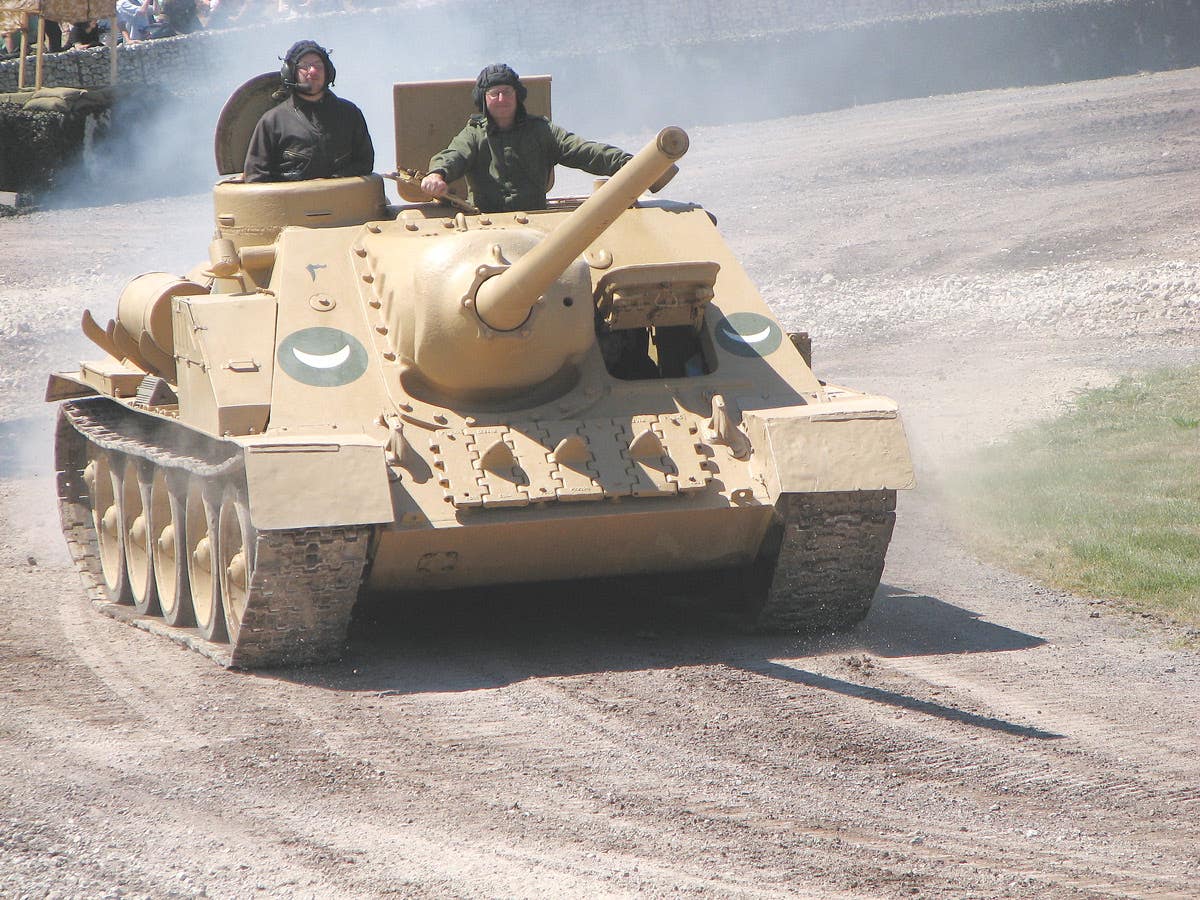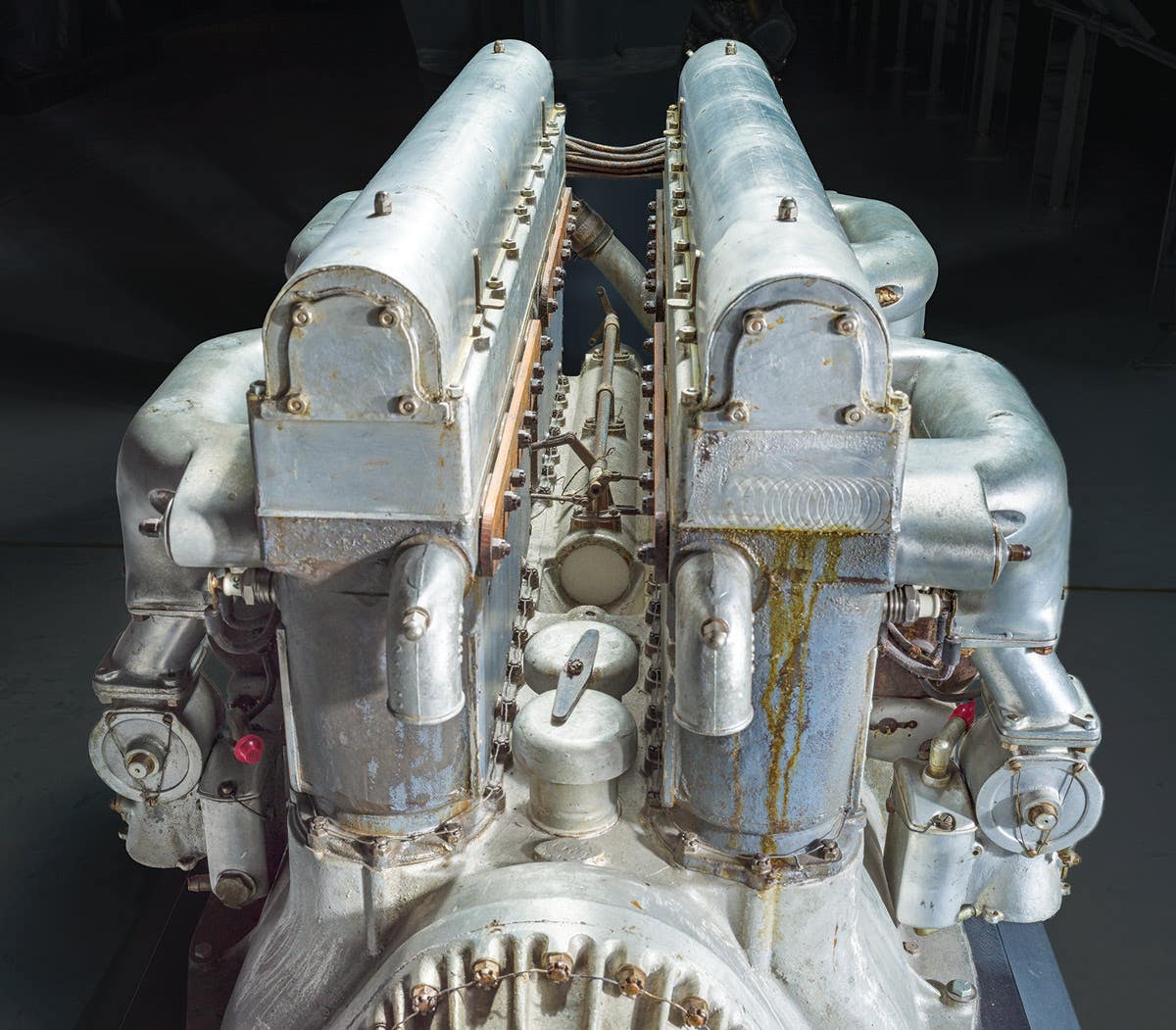Turkish Leopards Face Resistance
Germany has come under pressure to cancel a contract with Turkey to upgrade its German-built Leopard II tanks, following the commencement of an offensive by Turkey into northern Syria against…
Germany has come under pressure to cancel a contract with Turkey to upgrade its German-built Leopard II tanks, following the commencement of an offensive by Turkey into northern Syria against the Kurdish YPG. Dubbed Operation Olive Branch, the offensive into Syria comes as Ankara seeks to establish a buffer zone along its southwestern border with Syria by clearing the area of US-backed Kurdish militants under claims that they contain elements of the PKK—a Turkish-based Kurdish group designated as a terrorist organization by Turkey, the US, and EU.
In 2005 Turkey acquired 298 second-hand Leopard 2A4s from Germany, later those were called Leopard 2A4TRs and they have just a slight difference in comparison with the originals, that is the addition of improved air filters, something very important for the dusty terrain generally faced in the Middle East.
At the end of August 2016 Turkey launched an offensive with rebel groups from FSA at the north of Syria mainly against the Islamic State but with an eye kept on the Kurdish.
At first M-60Ts were deployed but after some time of rumors and Leopard 2s near the Syrian frontier on the 8th of December 2016 the first batch of Leopard 2A4TRs were seen near the town of Al-Bab firing its guns against ISIS forces
Now, under fire from both opposition lawmakers and even members of Chancellor Angela Merkel’s conservatives for failing to speak up earlier, and for moving toward approving Ankara’s request to have German arms maker Rheinmetall upgrade its German-built tanks, German Foreign Minister Sigmar Gabriel called his Turkish counterpart on Monday to discuss the issue, citing concerns about the humanitarian consequences of an escalation in Syria. A German defense ministry spokesman on Monday confirmed that Turkey had purchased over 750 tanks from Germany in the 1980s, 1990s and late 2000s, but said he had no direct knowledge aside from photographs circulating in the media that the tanks were being used in Syria.
From the staff of North America's no. 1 historic military vehicle source -- Military Vehicles Magazine
